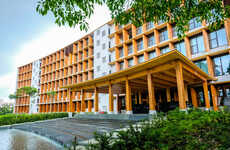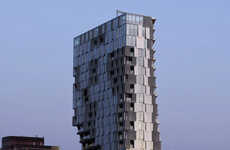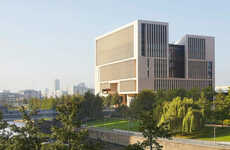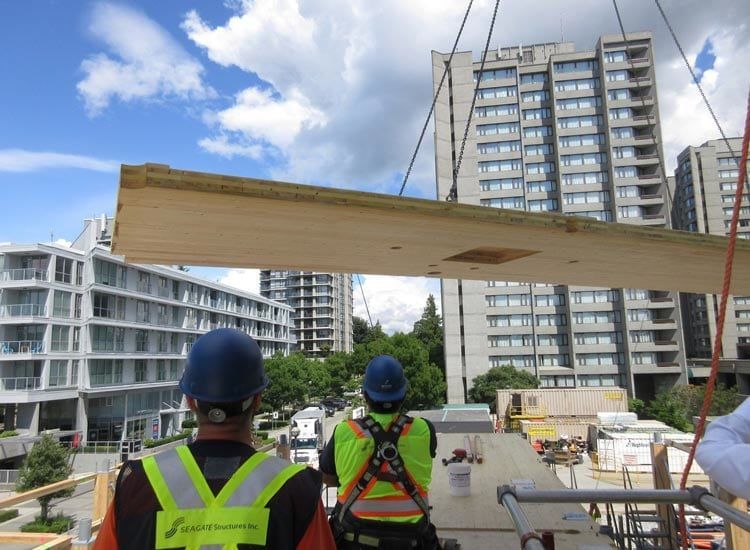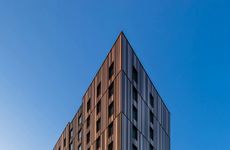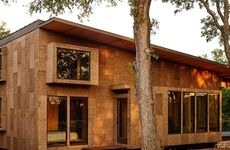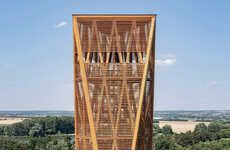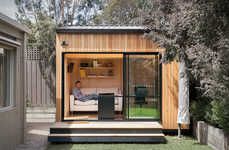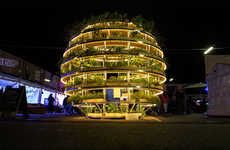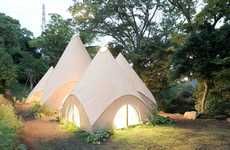
This University Residence is the World's Tallest Wooden Residential Tower
Rahul Kalvapalle — August 30, 2016 — Art & Design
References: actonostry & treehugger
Brock Commons is an extraordinarily tall residential tower, located on the campus of the University of British Columbia in Canada, that is claimed to be the tallest wooden residential tower on the planet. Measuring in at a height of 53 meters, this upscale student tower will comprise 33 four-bedroom units and 272 studio apartments on its 18 floors.
This wooden residential tower is built around 16 floors of cross-laminated timber, while the roof makes use of a steel frame while other structural elements make use of concrete. The building is sheathed in a visually appealing facade that comprises an array of prefabricated panels that are comprised of 70 percent wood-sourced fibers.
Brock Commons is a residential tower that is a true architectural accomplishment in that it proves the efficacy of natural materials in constructing buildings of the highest quality.
This wooden residential tower is built around 16 floors of cross-laminated timber, while the roof makes use of a steel frame while other structural elements make use of concrete. The building is sheathed in a visually appealing facade that comprises an array of prefabricated panels that are comprised of 70 percent wood-sourced fibers.
Brock Commons is a residential tower that is a true architectural accomplishment in that it proves the efficacy of natural materials in constructing buildings of the highest quality.
Trend Themes
1. Tall Wooden Residential Towers - Developing tall residential towers using wood as the primary construction material presents an opportunity for sustainable and eco-friendly architecture.
2. Cross-laminated Timber - The use of cross-laminated timber as a structural element in building design opens up possibilities for faster and more efficient construction processes.
3. Prefabricated Wood Panels - The use of prefabricated wood panels in building facades allows for quicker assembly and customization, enabling modular construction trends.
Industry Implications
1. Construction - The construction industry can embrace the use of tall wooden residential towers and explore innovative ways to incorporate natural materials for sustainable building practices.
2. Architecture - Architects can leverage cross-laminated timber to design structurally sound and visually appealing buildings that meet sustainability goals.
3. Wood Products - The wood products industry can capitalize on the growing demand for cross-laminated timber and prefabricated wood panels to supply materials for eco-friendly construction projects.
3.8
Score
Popularity
Activity
Freshness


